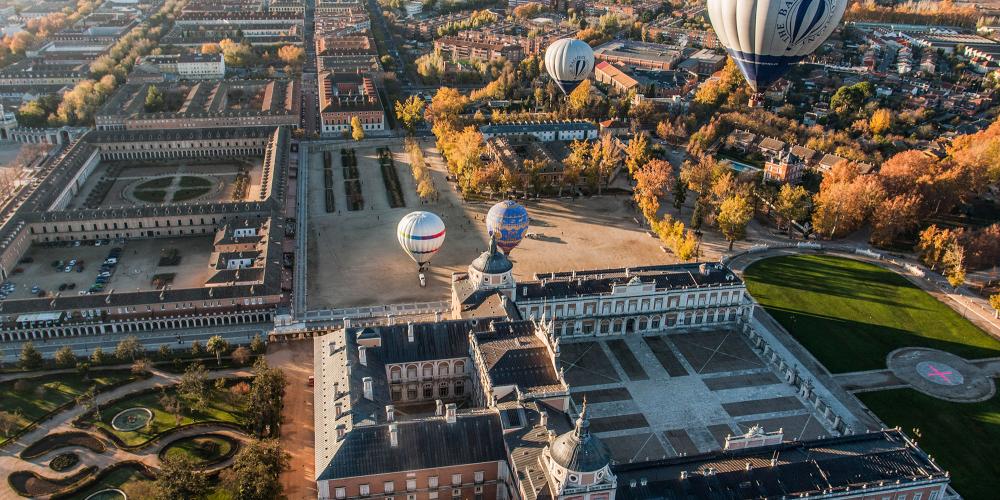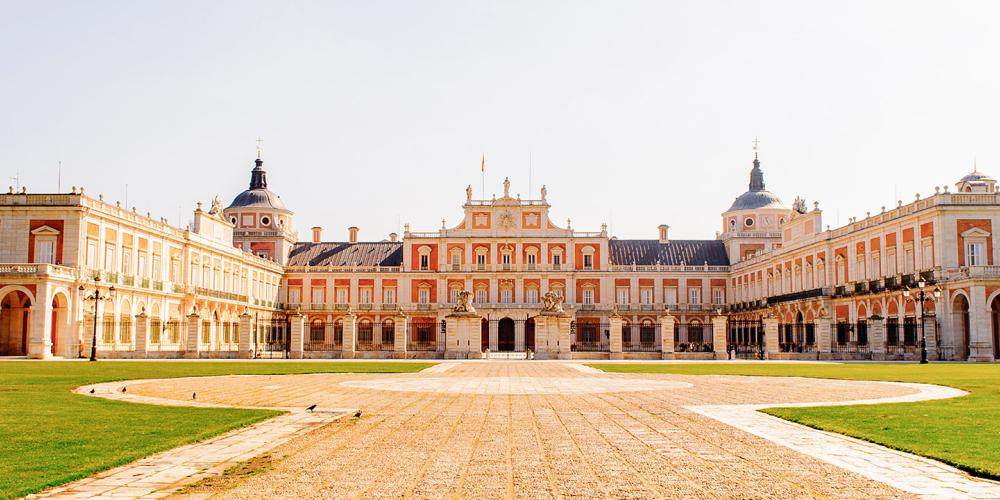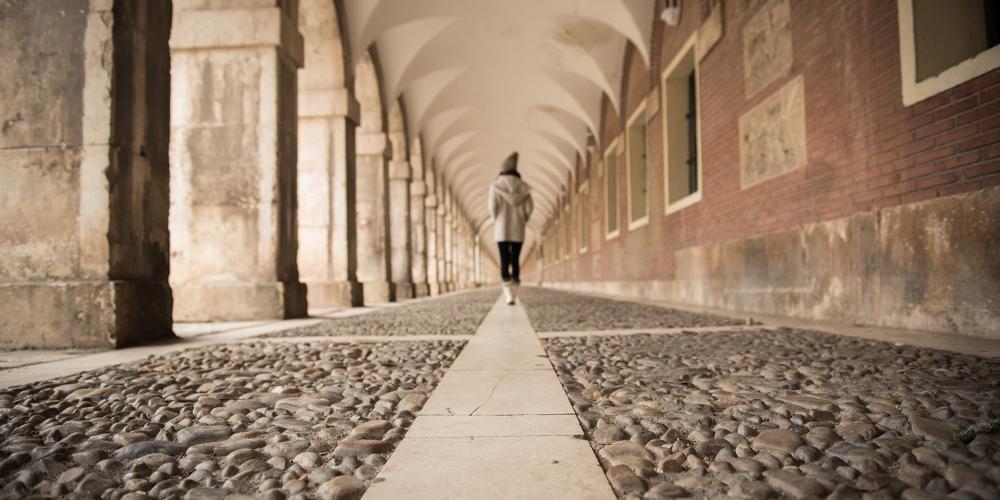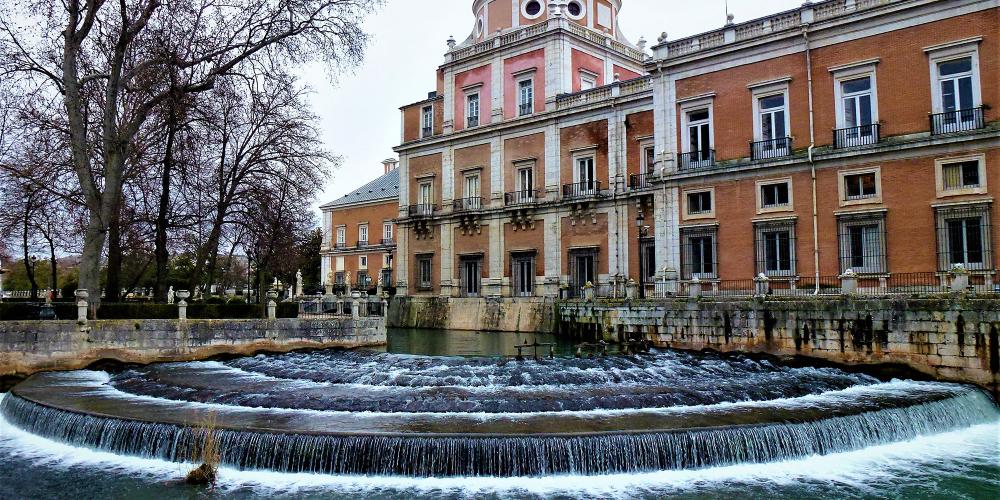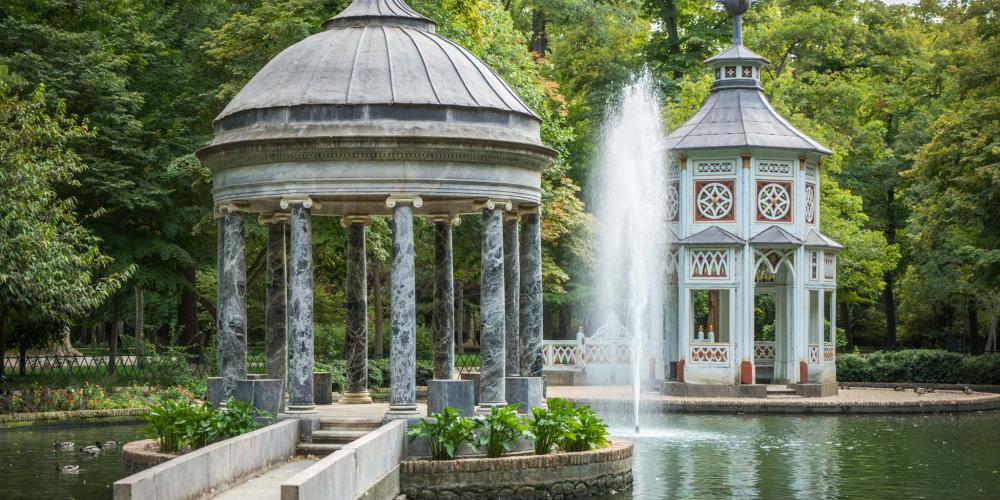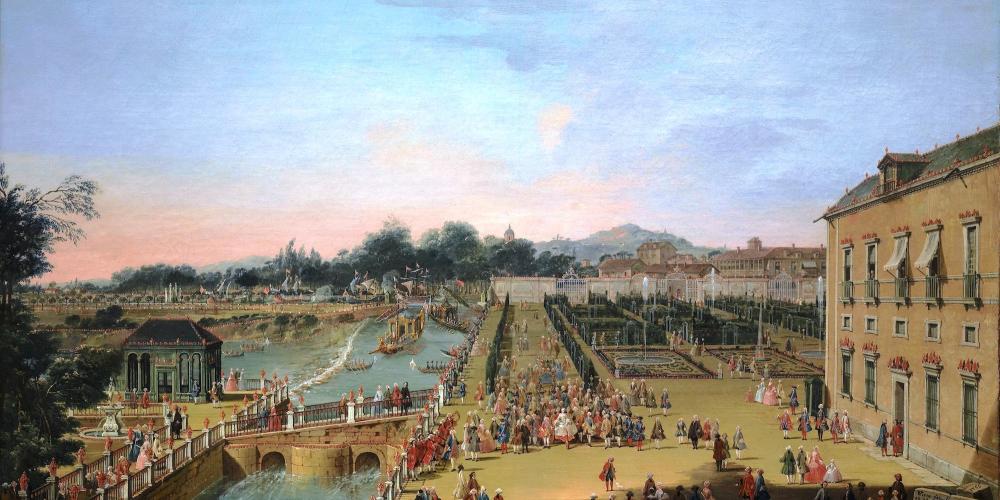Aranjuez Cultural Landscape, Spain

For centuries, the kings and queens of Spain spent their spring months at the Palace of Aranjuez. They came for the stunning gardens that surrounded the grounds. In turn, the attention shown to the site's development helped to foster a revolution of thought. The site became an incubator for the evolution of concepts: humanism and political centralisation; the development of 18th century French-style Baroque gardens; and urban lifestyle, which developed alongside the sciences during the Age of Enlightenment.
The Spanish royalty saw the land around Aranjuez as worthy of protection. Even as they developed their palace, they tried to avoid any unnecessary destruction. Instead, they conserved and enriched the environment, adding to its original diversity. Trees were imported from America and Asia until they became the most important European collection from those continents. Groves and forests were turned into gardens and orchards that produced unusual flowers, fruits, vegetables, and medicinal plants.
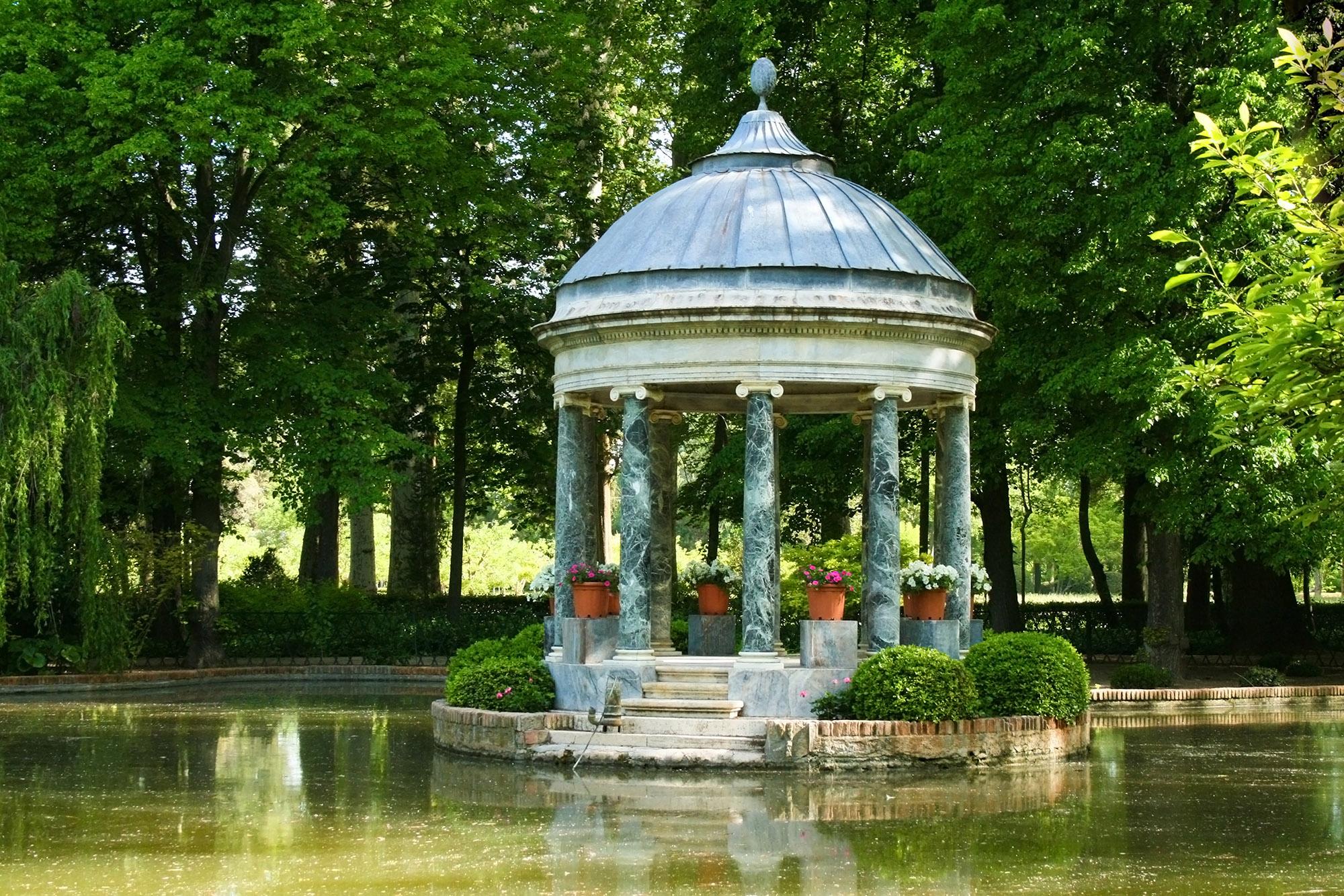
The Tajo River cuts through the Aranjuez landscape, creating different garden areas with distinct features. In La Isla Garden, you can find fountains and waterfalls and sculptures of mythological creatures in the cool orchard where Queen Isabel II would go for walks. El Parterre Garden has marble vases and colorful flowers sprinkled amongst hedges and criss-crossing paths. The largest area, El Príncipe Garden, is styled like an 18th century English garden with large areas for hunting and isolated pavilions for quiet and secluded events.
Between May and October, you can make the journey even more memorable by riding the 19th century steam-driven Strawberry Train that runs from Madrid to Aranjuez.
Royal History
Although the history of Aranjuez begins in the Middle Ages, there have been settlements and civilisations in the area since prehistory. Legend says that Hannibal won a battle over the Romans near the confluence of the rivers Tajo and Jarama.
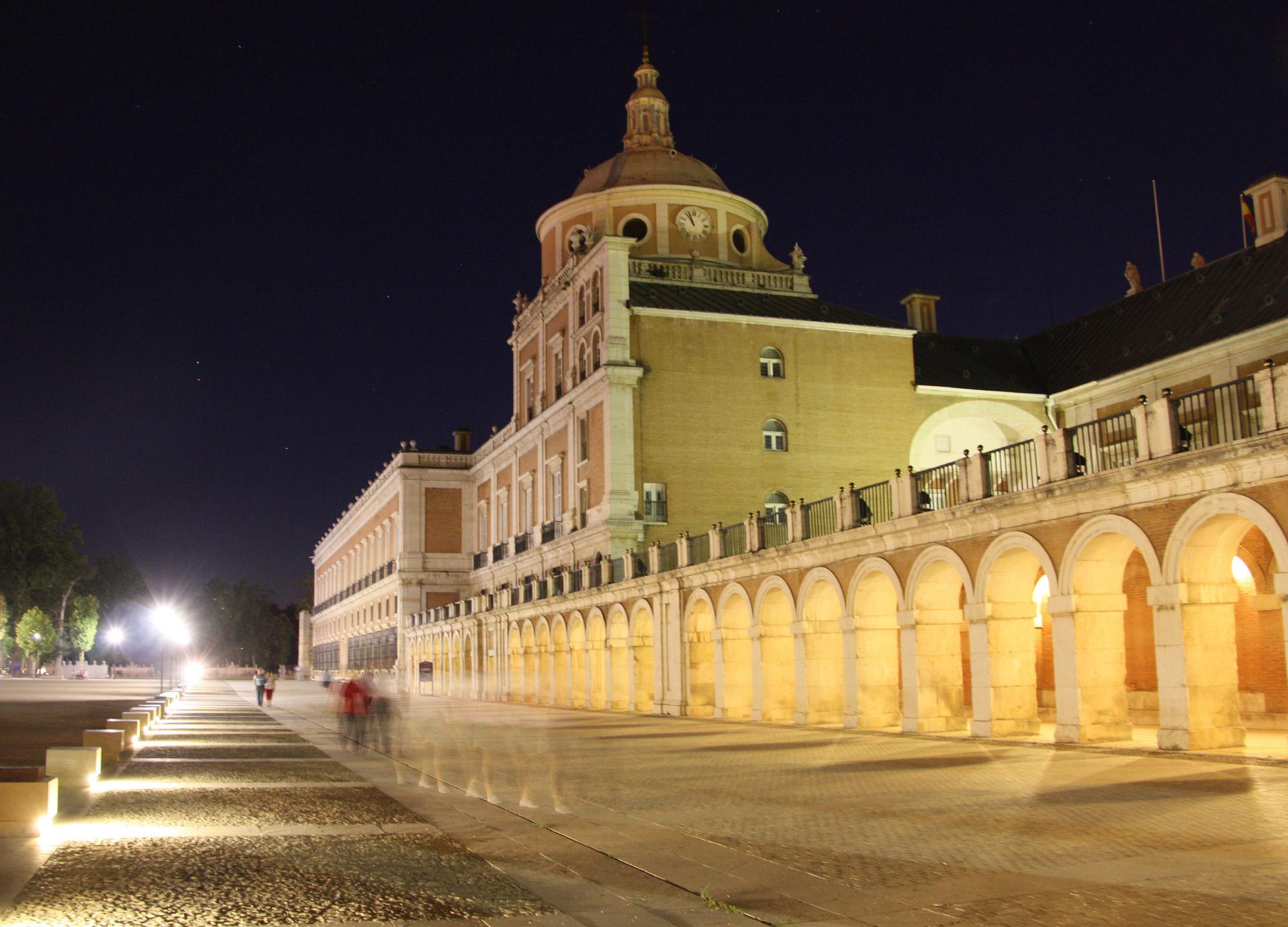
At the end of the 15th century, Aranjuez was designated a Royal Site by the Catholic Kings who frequently stayed here to relax, although it was the kings of the House of Austria who began the construction of palaces and gardens. During the reign of Philip II, royal chambers were built but destroyed by a fire in 1665. At this time, the first botanical garden was also inaugurated. The House of Bourbon showed a predilection for this magical destination as well.
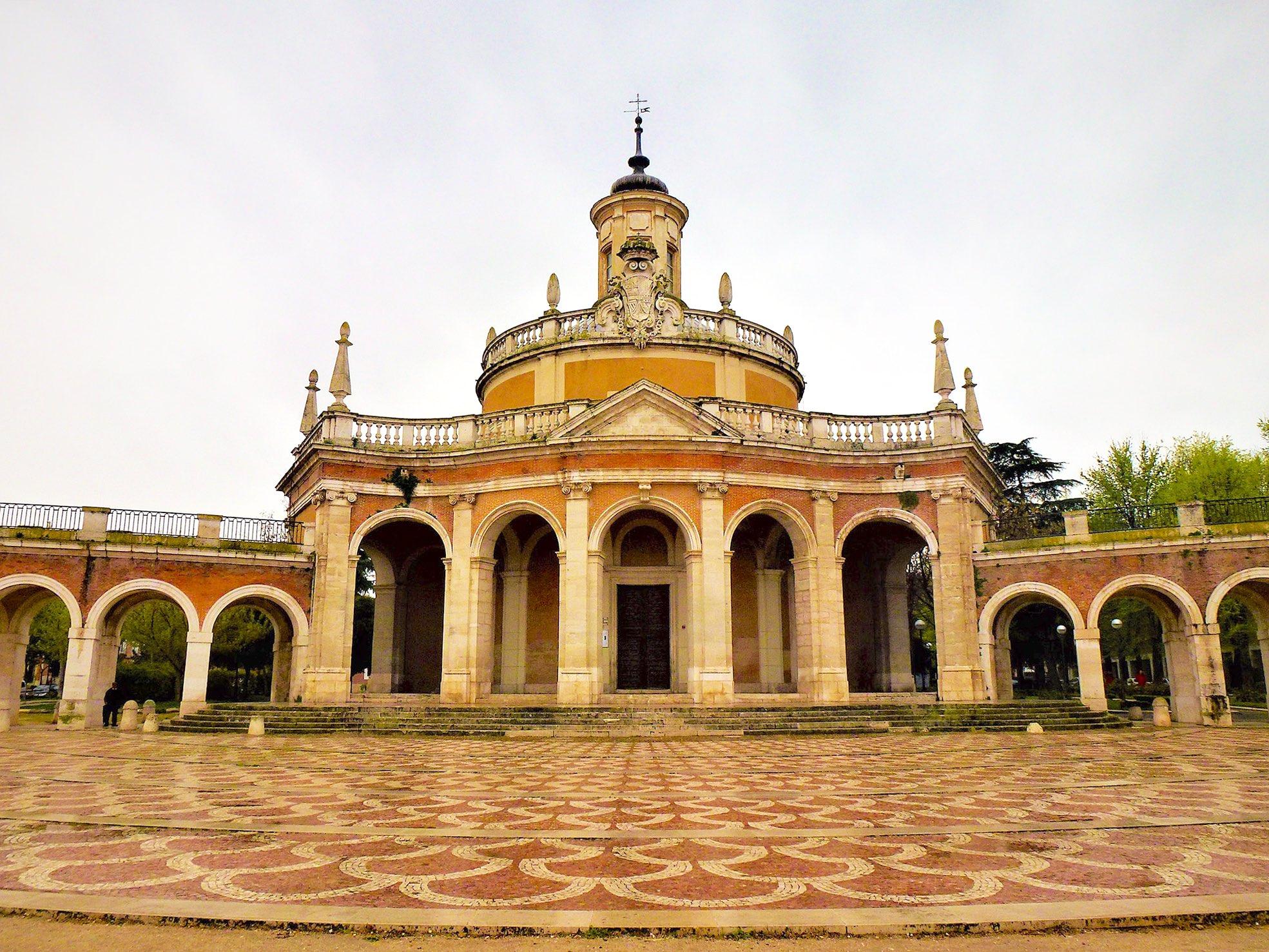
In the 17th century, in order to show his gratitude to the people of Aranjuez for their support during the War of Succession, Philip V converted the town into a royal centre and built parks, monuments, gardens, and churches—following the latest artistic trends of the moment. The town reached its peak as the centre of the itinerant court during the reigns of Charles III and Charles IV. In the second half of the 18th century, the Royal Palace was enlarged, the Prince's Garden completed, and the Labrador's House was built.
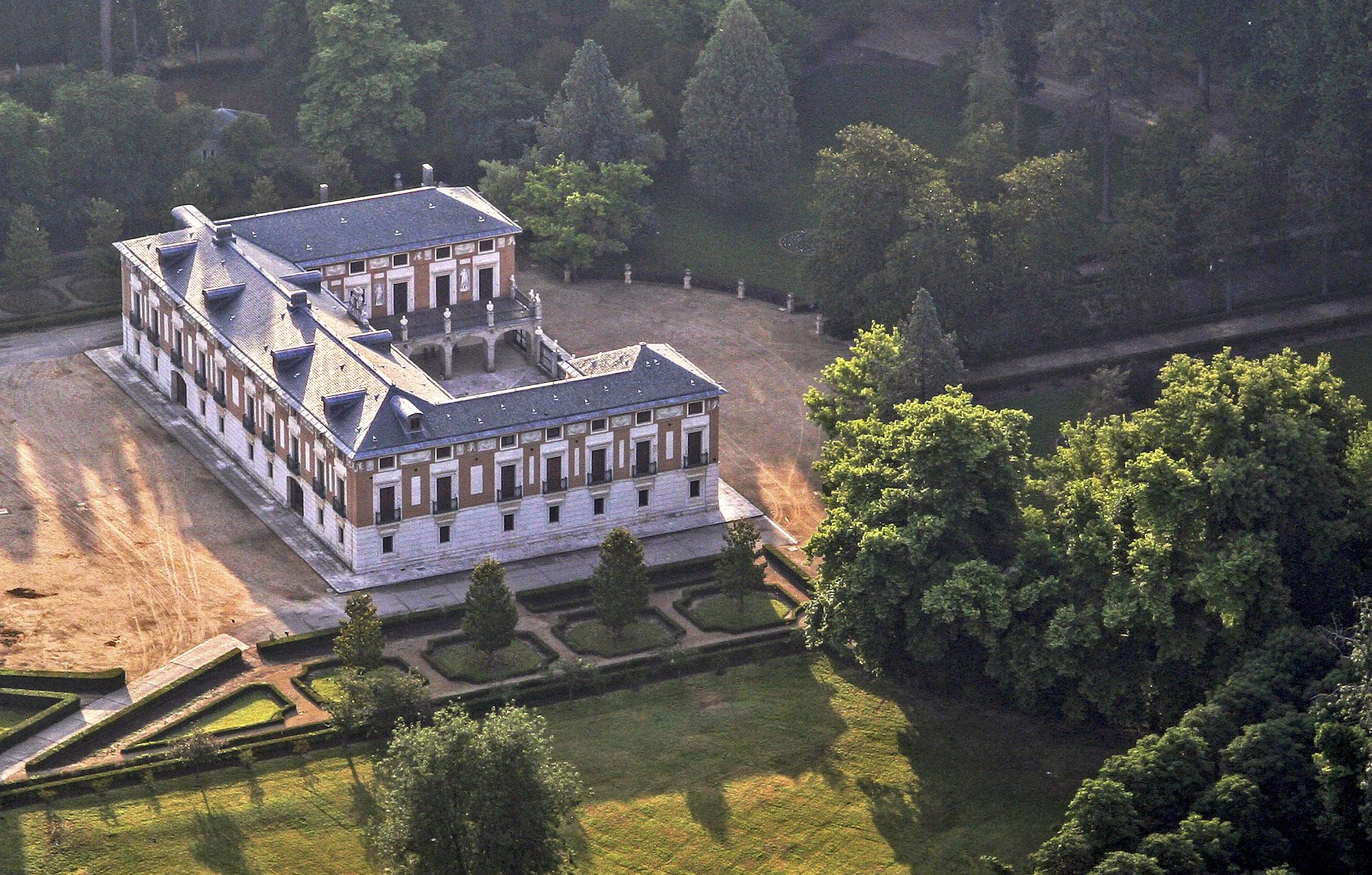
How to Get There
If arriving by plane from the Madrid Barajas Airport, the best way to Aranjuez is by train. Trains (approximately 1.5 hours) depart from T4 (Terminal 4). There are free buses connecting all terminals in Barajas Airport. (A one-way ticket from Barajas Airport to Aranjuez costs €4.05 from RENFE vending machines at the Airport). Change platforms and trains at Chamartín Station or at Atocha Station. Please check timetables.
If you arrive in Madrid by AVE or ALVIA trains (Chamartín or Atocha stations), take the suburban line from Madrid to Aranjuez for free in the ticket machines using the code “Combinado de Cercanías” printed in your AVE and ALVIA ticket. More information.
Taxis from airport or train stations in Madrid to Aranjuez costs approximately 70 to 100 euros. When in the Aranjuez station, the best way to get to the hotel is by taxi (6-10 euros) or taking public buses L1, L2,L3 or L4.
By car from Barajas Airport of any Madrid Railway station to come to Aranjuez (about one hour), take the A4-E5 Highway and exit 37 Aranjuez North. From there, it is a 10-kilometer drive to the Royal Area of Aranjuez.
When to Visit
Aranjuez is a year-round destination. It is a site full of vegetation, which creates a micro climate making it cool—even in the summer.
If you want to enjoy the site with all of your senses, the fall and spring are recommended. In the autumn, you can appreciate the changing leaves. In spring, you take in the blossoms and the smell of fresh flowers.
Monuments are open from 10 a.m. to 6 p.m. (October to March), and 10 a.m. to 8 p.m. (April to September). Monuments are closed on Mondays.
How to Visit
It is best to spend one night in Aranjuez to fully understand this UNESCO Cultural Landscape. With two days, devote one to the Royal Palace and Island Garden—ending the day with a visit to the city centre. Spend the second day at the Prince Garden, the Casa del Labrador, and a have a tour of the historic groves and orchards around the Tagus River.
A guided tour is always a good idea to visit the important sites. Cyclists can use the Ciclamadrid Trails—a good option if you are looking for a sustainable experience.
